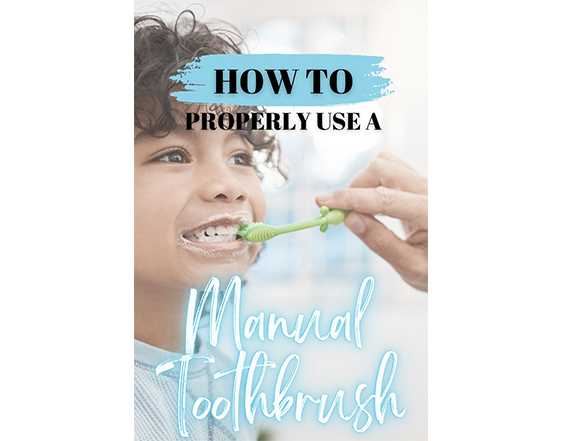From a very early age, we are all taught the importance of maintaining good oral hygiene. However, as trivial as it sounds, brushing our teeth properly is a complex task that many of us do wrong daily. The key to a sparkling smile is not just regular brushing, but the correct technique of toothbrushing, which can yield immense benefits for our oral health.
Welcome aboard as we unravel the secret sauce to sparkling smiles, diving deep into the science behind effective toothbrushing techniques.
The Science of Toothbrushing Technique
The science behind toothbrushing is more fascinating than you might initially expect. Enamel, the outer layer of our teeth, is composed of hydroxyapatite crystals, which are formed by calcium and phosphate. These crystals act as the protective shield of our teeth. However, they are susceptible to acids produced by the bacteria that reside in our mouths. This is where toothbrushing steps in to save the day. Brushing your teeth helps eliminate the bacterial plaque and food debris, reducing the acid attack on your teeth.
Toothpaste is another significant component of toothbrushing. It contains fluoride, a mineral that helps replace the minerals lost from the tooth enamel during the acid attack. Furthermore, the abrasive nature of toothpaste aids in the mechanical removal of bacterial plaque and food debris. By understanding the scientific side of toothbrushing, we can appreciate the remarkable role it plays in our everyday life.
However, it’s not just about brushing your teeth twice a day. The technique matters too. Research shows that circular brushing movements, coupled with a 45-degree angle between the toothbrush and gum line, are the most effective in reducing plaque and gingival inflammation. So, the science of toothbrushing is not just about the “why,” but also the “how.”
Key Benefits of Effective Toothbrushing Technique
- Prevention of Tooth Decay and Cavities: Effective toothbrushing helps remove the plaque and food particles that cause tooth decay and cavities.
- Gum Disease Prevention: By removing plaque, you’re also reducing the risk of gum diseases like gingivitis.
- Brighter and Whiter Teeth: Regular and proper toothbrushing helps remove stains, leading to whiter and brighter teeth.
- Fresh Breath: Nothing beats the freshness of breath after an effective toothbrushing session. It helps combat bad breath by removing the bacteria that cause it.
- Overall Health Improvement: Several research studies have associated poor oral health with diseases like heart disease, stroke, and diabetes. Regular and effective toothbrushing can contribute to your overall health.
- Cost Savings: Preventing dental issues through effective toothbrushing can save you from expensive dental treatments in the long run.

Toothbrushing Techniques
Bass Technique
This technique involves placing the toothbrush at a 45-degree angle to the gums and making short back-and-forth motions. The Bass Technique is known for its effectiveness in removing plaque along the gum line and between teeth.
Fones Toothbrushing Technique
Ideal for children and beginners, the Fones Technique involves moving the brush in large, wide circles that cover both the gums and the teeth.
Modified Stillman Technique
A blend of vertical and horizontal strokes, the Modified Stillman Technique, is excellent for cleaning under the gum line without causing gum recession.
Best Practices for Healthy Teeth
Though brushing your teeth regularly is fundamental, it’s just as important to follow best practices for your overall oral health. This includes flossing at least once a day. It helps dislodge food particles and plaque in places your toothbrush can’t reach.
Moreover, regular dental check-ups are crucial. Your dentist can help you nip any potential issues in the bud and ensure you’re brushing your teeth correctly.
Lastly, it’s essential to maintain a tooth-friendly diet. Foods that are high in sugar or acidic can cause tooth decay. Instead, opt for a balanced diet that includes calcium-rich foods for stronger teeth.
Types of Toothbrushes and Toothpastes
- Manual Toothbrushes: These are most common and come in different bristle types (soft, medium, and hard).
- Electric Toothbrushes: These are automated brushes that make rapid back-and-forth movements. Some people find them effective and easier to use.
- Interdental Brushes: These are small brushes designed to clean between your teeth.
Conclusion
A sparkling smile is an invaluable asset. And achieving one is not as complicated as it may seem. All it requires is understanding the science behind toothbrushing and implementing the correct techniques and practices. Ensure to brush at least twice a day, choose the right toothbrush and toothpaste for your needs, floss daily, limit sugary foods, and have regular dental check-ups. By doing so, you’re not just investing in your oral health, but your overall well-being. After all, a sparkling smile is the best accessory one can wear.
If you are enjoying our informative blogs, please like and share with your friends and family. Also be sure to checkout our products and contact us for samples

